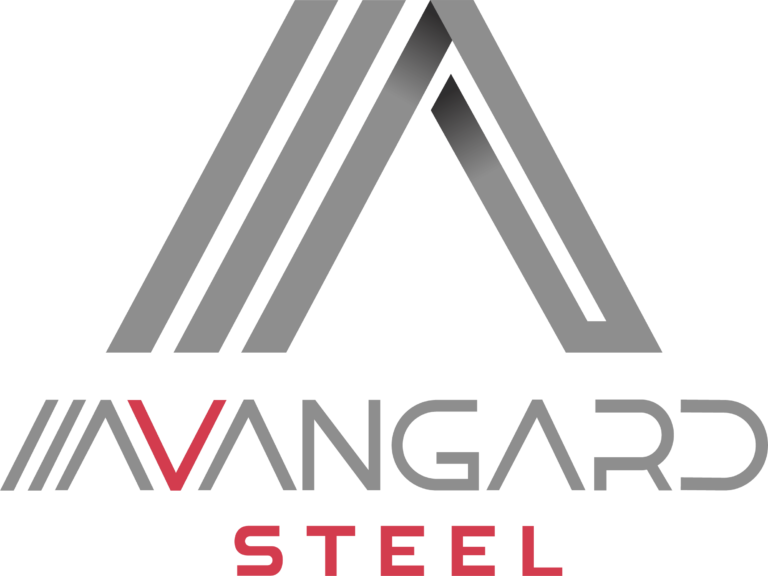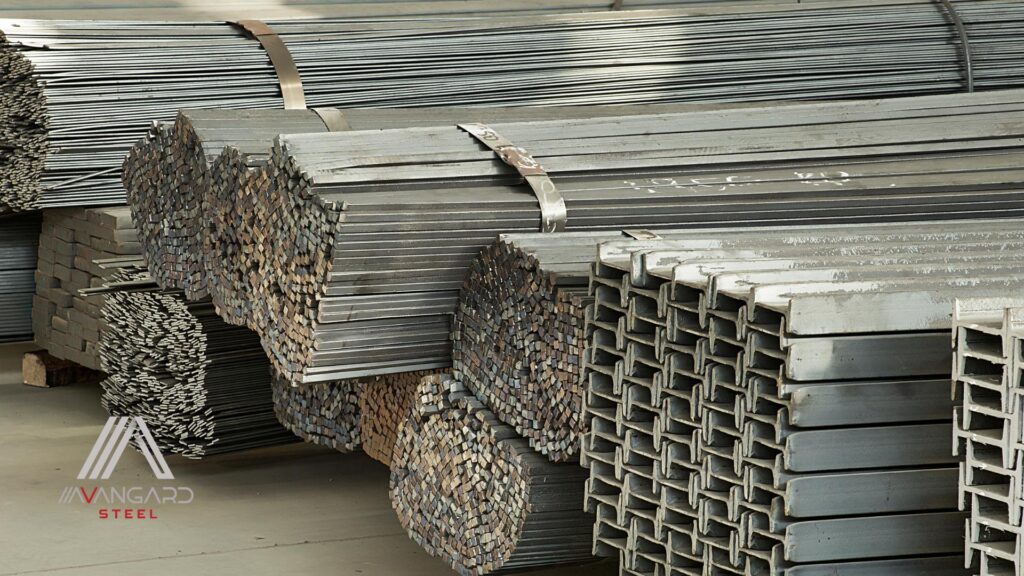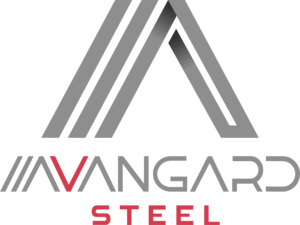Table of Contents
At a Glance
British Columbia’s steel industry—fabrication, erection, logistics, and recycling—is heading into a decade shaped by resilient public infrastructure demand, port and marine work, steady housing needs, and a firm push toward low-carbon delivery. Success will hinge on early coordination, modularization, reliable supply chains, and the ability to attract and train skilled labour.
Demand Drivers to Watch
Public & Institutional Projects
Hospitals, schools, transit, and community facilities create a relatively stable baseline of structural steel demand across BC’s regions.
Port, Marine & Shipbuilding
Marine terminals, shipyard programs, and waterfront upgrades require heavy sections, platforms, and specialty fabrications—often over multi-year timelines.
Housing & Mixed-Use
Urban infill, mid-rise developments, and secondary suites keep small-to-mid tonnage flowing, with growing interest in modular steel and prefab assemblies.
Industrial & Energy
Processing plants, material handling systems, and clean-energy retrofits sustain demand for platforms, stairs, guards, and custom iron works.
Policy, Carbon & Compliance
BC’s climate policy landscape continues to encourage lower-emission operations and materials. Owners increasingly request documented recycled content, Environmental Product Declarations (EPDs), efficient shop processes, and coatings with reduced environmental impact. Fabricators that can quantify and report footprints will be better positioned in competitive procurements.
Workforce & Capacity
Skilled trades remain a constraint. Shops that invest in training, automation, and clear BIM-to-shop workflows tend to keep schedules predictable despite labour tightness. Expect ongoing competition for fitters, welders, and installers—particularly during peak public project phases.
Technology & Delivery Models
Model-Based Coordination
Integrating design models directly with shop outputs reduces RFIs, cuts, and rework. IFC/DSTV pipelines, automated nesting, and robotic fit-up are becoming standard for complex scopes.
Modularization & Off-Site Assemblies
Pre-welded frames, stair towers, and rail packages shrink site hours and weather risk—critical in coastal climates and tight urban sites.
Low-Carbon Options
Sourcing high-recycled steel, optimizing member sizes, and selecting durable finishes that extend repaint cycles help meet owner sustainability goals without sacrificing performance.
Risks to Monitor
- Procurement Timing: Large public programs are multi-stage; cash flow and staffing need long-range planning.
- Supply Chain Variability: Coatings, galvanizing, specialty fasteners, and plate can face sporadic lead-time spikes.
- Labour Scarcity: Wage pressure and crew availability can affect bids and durations without productivity gains.
- Financing Conditions: Private projects remain sensitive to borrowing costs and absorption rates.
BC Steel Outlook — Analytics Snapshot
The figures below are indicative ranges based on typical market cycles in BC. Use them as planning guidance and validate for your specific project and timing.
| Metric | Now (2025) | Near-Term (2026–2029) | Long-Term (2030–2035) |
|---|---|---|---|
| Structural Steel Demand (index vs. 2019=100) | 115–125 | 120–135 | 125–145 |
| Avg. Shop Capacity Utilization | 70–85% | 75–90% | 80–92% |
| Lead Times — Mill/Service Center (weeks) | 6–12 | 8–14 | 8–12 |
| Installed Cost Trend (YoY) | +2% to +5% | +2% to +4% | +1% to +3% |
| Modular/Off-Site Share of Tonnage | 10–15% | 15–25% | 20–30% |
| Documented Low-Carbon/EPD Requests (share of RFPs) | 25–35% | 35–55% | 50–70% |
| Labour Vacancy Pressure (subjective) | High | High → Moderate | Moderate |
| Risk Level — Schedule Slippage | Medium–High | Medium | Low–Medium |
| Preferred Delivery | Early VE + Modular Assemblies | Model-Based + Pre-Fab Packages | Integrated Project Delivery + Low-Carbon Specs |
What This Means for Owners, Developers & GCs
Lock Scope Earlier
Bring fabricators into pre-con to align connections, optimize member sizes, and freeze long-lead items early.
Design for Off-Site
Split scopes into shippable assemblies—stairs, platforms, railings—to reduce site hours and improve safety.
Specify Measurable Outcomes
Ask for model handover, QA records, coating specs, and low-carbon documentation so bids are apples-to-apples.
How Avangard Steel Can Help
- Pre-construction: Budgeting, value engineering, connection design input, and BIM coordination.
- Advanced Fabrication: CNC cutting, certified welding, complex stair/railing systems, canopies, bollards, custom iron works.
- Modularization: Pre-assembled frames and platforms that compress schedules and reduce weather exposure.
- Low-Carbon Delivery: High-recycled steel sourcing and durable finish systems with longer repaint cycles.
- Field Teams: Mobile welding and install crews across Vancouver, West Vancouver, North Vancouver, and the BC interior.
Planning a project? Let’s align scope, schedule, and budget early. Call 778-865-1374 or email info@avangardsteel.com.
FAQs
Is steel demand in BC expected to grow?
Yes—public works, marine projects, and ongoing housing needs support a generally positive outlook through the next decade.
How do I protect my schedule against labour and weather risk?
Adopt modular assemblies, finalize details earlier, and use model-based coordination to cut site hours and rework.
Will low-carbon specifications increase costs?
Some measures may add minor premiums, but lifecycle savings from durable finishes and optimized tonnage often offset them.
What’s the fastest way to secure steel and coatings?
Confirm sizes and finish systems early, place deposits for long-lead items, and coordinate galvanizing/powder-coat slots during pre-con.


